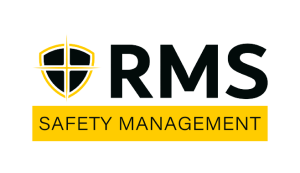Did you know workplace injuries are three times more likely for employees who have held their job for three months or less? This is one reason that providing safety training to new hires is so important. Don’t be misled into thinking that just because a worker came from another company, union hall, or has several years of experience that they know the hazards they will face at your company and understand how to work safely. Providing a comprehensive training session to new employees on day one is a critical element of an effective safety program.
While most safety orientation programs teach employees about potential hazards and necessary requirements, there is additional content that should be covered as well. One of the first items we recommend including is a message or statement from executive management, confirming the importance of safety to the company. Safety responsibilities for all levels of employees should also be covered. The purpose of various safety forms, how to complete them, and the importance of not “pencil whipping” them should also be discussed. In addition to these items, company specific safety policies and requirements should be explained. Some examples include: company-specific PPE requirements, how to access Safety Data Sheets, disciplinary action policy, and safety recognition programs.
As far as the actual delivery of the training goes… safety orientation can be delivered in many ways. One way is for someone to conduct in-person training. While this provides a personal touch and allows for more interaction, there are also some pitfalls with this approach. Not only does it consume a lot of time for the person delivering it (especially if the company has a high turnover rate), but the wrong message can be sent if that person does not demonstrate a passion for safety during the training or if they skip over some of the content. Because of this, it’s important for the right person to be selected to do this training if it’s going to be done in-person.
Another option, that has become much more popular over the past few years, is to deliver this content with a narrated PowerPoint or a customized video. While these platforms don’t allow for as much interactivity, they make sure the content is delivered consistently and thoroughly every time, and it also allows the “would be instructor” to focus on their daily activities without interruption. With the current status of our workforce (everyone understaffed and overworked), avoiding this time commitment adds a lot of value. If this delivery method is used, it is highly recommended that the PowerPoint or video be professionally done and for a quiz to be issued.
-Tammy Hines, Senior Safety Advisor
If you would like assistance with developing a thorough and effective safety orientation for your employees, please let us know!

